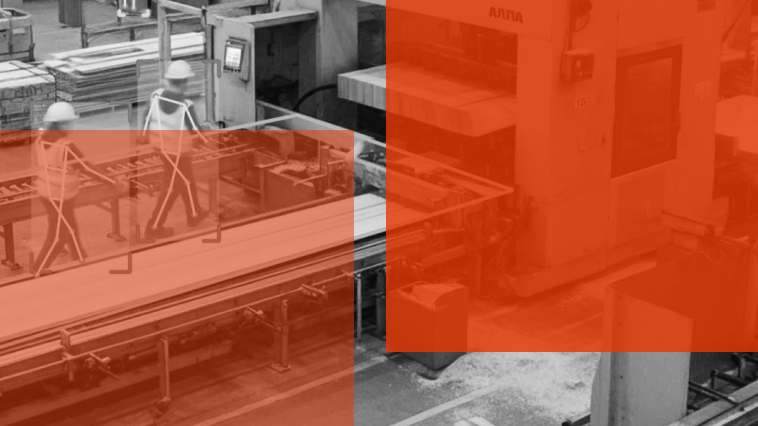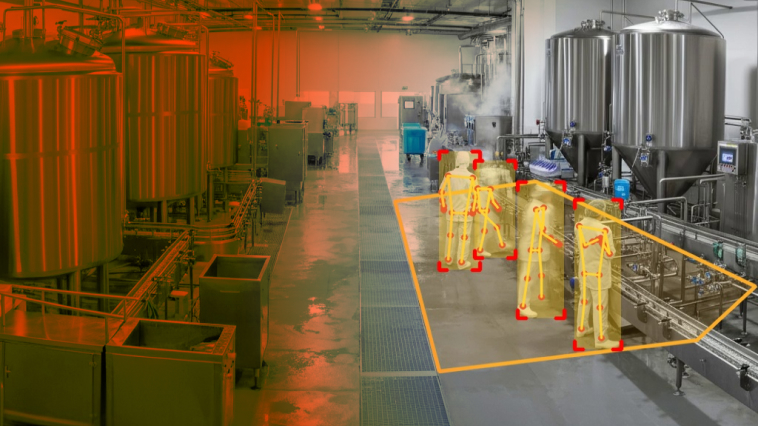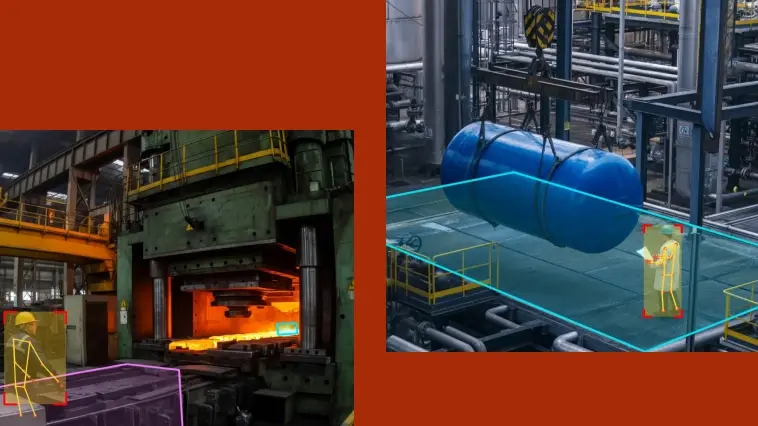Why manufacturing companies now see safe workplaces as a competitive advantage
- Preventable injuries cost an estimated 103 million workdays every years.
- Prioritizing workplace safety helps manufacturers attract and retain frontline talent.
- Emerging tools such as AI, computer vision, wearables, exoskeletons and digital twins enhance both workplace safety and worker experience.
Manufacturers are facing a global labour crunch while contending with costly workplace injuries. In the US alone, the skills gap could leave 2.1 million manufacturing jobs unfilled by 2030, potentially costing $1 trillion.
Forward-looking companies are responding by elevating safety from a compliance issue to a core strategy – helping attract and retain frontline talent while boosting productivity and resilience.
From compliance to competitiveness
After decades of pursuing lean operations and automation, industry leaders are now recognizing that human capital is just as vital to resilience as technology.
The World Economic Forum’s Centre for Advanced Manufacturing & Supply Chains highlights workforce transformation as a strategic pillar of competitiveness, with initiatives such as the Frontline Talent of the Future promoting human-centric factories that focus on attracting, retaining, upskilling and promoting well-being and safety.
This shift is also generational. A recent McKinsey & Company survey found that Generation Z is the only cohort to rank physical and psychological safety among its top three job-staying factors: a signal that younger industrial talent demands safer workplaces.
Meanwhile, persistent supply-chain disruptions have made it clear: a safe workforce is not optional. Fewer injuries mean fewer stoppages, less absenteeism and a more engaged, adaptable workforce.
It’s no surprise that 77% of manufacturers say they face ongoing recruitment and retention challenges. Many are now investing in workplace safety not just to comply but to compete – linking it directly to innovation, productivity and employee loyalty.
This is where technology becomes decisive. Intenseye’s [pSIF AI platform](link to SIF playbook) enables manufacturers to move beyond compliance audits and lagging indicators by surfacing leading signals of serious injury and fatality (SIF) exposure in real time. Instead of waiting for incident reports, safety teams gain continuous visibility into risks such as collision zone–struck by/against, unsafe machine use, or missing PPE. By reducing high-severity exposure, companies don’t just meet regulatory standards — they create workplaces that attract talent, build trust, and sustain long-term competitiveness.
Workplace safety that retains talent
The business case for safety is compelling. Preventable injuries cost millions of workdays each year. Eliminating them could return an estimated 103 million of them, the equivalent of keeping more than 394,000 full-time workers on the job.
Intenseye’s own customer data shows that across sectors, manufacturers that prioritize safety are already seeing returns:
- Food packaging: A global producer piloted Intenseye’s real-time safety monitoring platform. Plants using the system had a 44% lower total recordable injury rate compared to those without it. Morale improved and voluntary turnover dropped to 5% – less than half the 11.6% industry average. Explore our Food & Beverage Playbook.
- Beverage manufacturing: A Latin American brewery deployed AI-powered cameras on bottling lines. Within three months, high-risk incidents decreased by 85%, resulting in fewer injuries and less unplanned downtime. Workers cited visible safety systems as a key reason for joining and staying.
- Industrial manufacturing: A global thread manufacturer implemented digital safety tools and saw a 24% drop in recordable injuries. In the first year, over 1,700 near-misses were flagged and 53,000 proactive fixes were enabled. An internal survey showed 93% of employees felt safer – driving higher engagement, especially among experienced operators.
High-tech, human-centric safety
The next wave of safety innovation combines advanced technologies with human-centric design. AI and computer vision are becoming force multipliers for Environment, Health and Safety teams.
These platforms connect to CCTV systems and monitor for hazards such as missing personal protective equipment or unsafe equipment use, triggering real-time alerts that enable fast intervention. Intenseye’s computer vision–powered hazard detection is already giving EHS teams this capability at scale, transforming everyday cameras into proactive safety allies.
Wearable safety tech is also gaining traction. Smart helmets, badges and sensors track proximity to equipment, fatigue and posture. Exoskeletons – wearable support suits – are being adopted for physically demanding jobs.
Toyota, for example, has mandated ergonomic exosuits for overhead tasks at select plants, aiming to reduce musculoskeletal disorders, which account for a third of lost workdays in the US.
When a hard day’s work is less punishing on the body, it’s easier to recruit and retain people to do it.
Factories of the future
Looking forward, digital twins and simulation tools offer even greater potential. These virtual replicas allow companies to model production layouts and workflows, identify collision risks or ergonomic hazards and design safer facilities from the outset.
Because digital twins are powered by industrial Internet of Things (IoT) data, they can remain synchronized with real-world operations and evolve with them.
Crucially, these innovations are not happening in isolation. They are part of a broader move toward augmented workers – using technology to enhance human performance and safety, not replace it. This vision is strongly championed by multi-stakeholder groups such as the Forum’s manufacturing community.
Through initiatives such as the Global Lighthouse Network (which showcases factories integrating Industry 4.0 technologies) and the Centre for Advanced Manufacturing and Supply Chains’ Frontline Talent of the Future initiative, companies are sharing knowledge on scaling AI, IoT and other fourth industrial revolution tools in ways that benefit workers.
The through-line is clear: the factories of the future will leverage smart tech and empowered people together. AI will handle the dull, dirty and dangerous tasks; humans will focus on higher-level work in an environment where data-driven systems actively manage risk.
This is the Safety-III shift — a framework Intenseye has outlined in our SIF Playbook — where technology reduces exposure to high-severity hazards, while people focus on innovation, collaboration, and continuous improvement.
Conclusion
This synergy between people and technology foreshadows a future in which workplace safety becomes a driver of innovation; enabling greater agility, sustainability and competitiveness across global supply chains. Realizing this vision at scale, however, requires a coordinated effort across the entire ecosystem.
No single company can tackle the manufacturing labour crisis alone. Safe, empowering work environments are essential to rebuilding the industrial talent pipeline. Progress around workplace safety requires collaboration between businesses, regulators, workers, technologists and educators.
At Intenseye, we see every day how real-time AI-powered SIF prevention helps manufacturers cut injuries, attract talent, and boost productivity. See how real-time AI changes your exposure landscape.
Originally published in https://www.weforum.org/stories/2025/09/manufacturing-safe-workplaces-talent-productivity/



